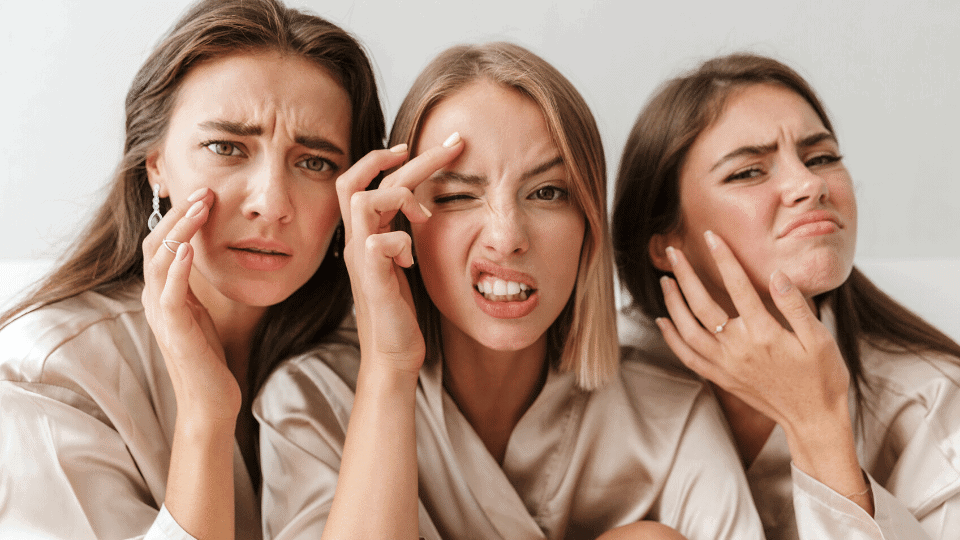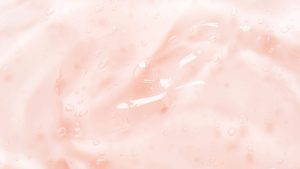Having a break-out when you just got a new product is quite scary and nerve-wrecking, especially since you bought the product to help the breakouts in the first place. Don’t worry, here are some of the reasons your skin might be over-reacting.
We’re usually prone to purchasing cosmetic products out of a special desire – that our skin will magically improve overnight. “All the acne and wrinkles will go away in a second, and no one has ever even heard of redness.” However, cosmetics (unfortunately) are not magic and many times with the introduction of a new product in your skincare routine, the opposite happens – the condition worsens.
However, a deteriorating condition is not always an indicator of a negative product impact. The reasons for the various reactions to skin care products vary
- Allergy;
- Contact dermatitis;
- Hypersensitive skin;
- Problematic skin;
- Skin purging.
Most of the reactions listed above are already well known, but we often neglect the latter, skin purging.
What is skin purging?
Skin purging is a reaction in which, after the introduction of a new product into the routine, there is an outbreak of pimples that are not a result of an inappropriate product, but the cause of breaking out is more complex.
Many products contain cosmetic ingredients that gently remove the top layer of skin, thus accelerating cell renewal. Such ingredients are retinoids (derivatives of vitamin A) and acids (AHA, BHA), which act as chemical peels.
Why and how do pimples form?
These ingredients safely remove the top layer of dead skin and allow “new skin” to appear sooner. Pimples and blackheads that wait quietly under the surface now appear faster (usually all at once). The ingredients therefore only accelerate the otherwise 28-day process of skin renewal, and cause previously created irregularities to appear on the surface much quicker. So the whole process would happen anyway, but it would take a few more weeks until then.
Skin purging is only a temporary side effect and is usually much shorter than normal breakouts. It is a sign that the product is working, and as a result, the skin improves after the initial phase of purging.
How should I react? How can I avoid this in the future?
A breakout due to the sudden switch to new active ingredients is inevitable. We never want to hear that, but even in this case, the best medicine is time. Purging therefore cannot be avoided, but the effect can be limited by introducing each new product slowly, as this gives our skin the opportunity to gradually get used to it. Take, for example, retinol, and use it once in the first week, twice in the second week, three times in the third, and so on.
The outbreak can be mitigated in ways that are otherwise useful in a normal pimple outbreak
- don’t touch or squeeze pimples,
- gently cleanse the skin,
- wear sunscreen (SPF) and
- often change the pillow covers
How do I know it’s skin purging and not an in-efficient product?
Let’s take a look at the differences we can look out for to determine if a pimple breakout is caused by a product, or whether it’s a normal reaction to the introduction of certain actives:
Duration
Purging usually takes less time than a normal breakout. If it lasts longer than 4-6 weeks, it means that the product does not suit you, change it.
Location
Skin purging occurs in those areas of the face where pimples usually already form. If acne appears in new areas, it is most likely not purging.
Active ingredients
If the product does not contain retinoids (vitamin A) or acids (AHA, BHA, salicylic acid) and other anti-acne ingredients (benzoyl peroxide), the likelihood of a breakout is low.
Products with active ingredients are a great addition to a good skincare routine, but be cautious when introducing a new cosmetic product. We always recommend patch-testing prior to first use and keeping an eye out for any changes in your skin.

